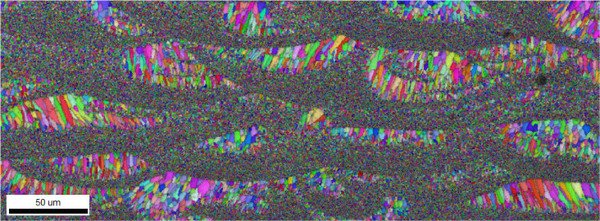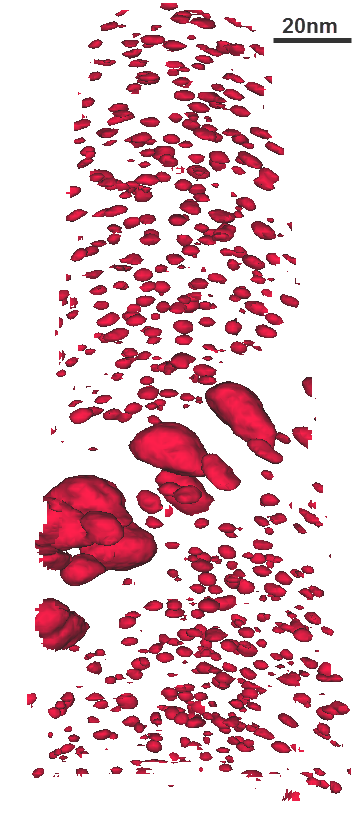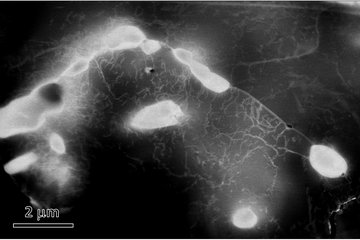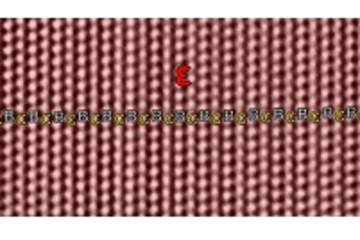
Characterisation of the defects and precipitates in an SLM-produced Al-Mg-Sc alloy

In a class of Al-Mg-Sc-Zr alloys with hypereutectoid content of Scandium (e.g. Scalmalloy©, developed by Airbus), a supersaturated matrix as necessary precursor for the precipitation reaction can only be achieved by high quenching rates after alloy solidification. In Laser Additive Manufacturing, and in particular Selective Laser Melting (SLM), such high cooling rates occur and it has been shown that SLM can be used to produce high-strength, precipitaiton strengthened Scalmalloy©.
The aim of this project is to investigate if the matrix of SLM-produced supersaturated Al-Sc alloys is indeed precipitate-free. Subsequently, the microstructure of the heat-treated material is to be characterised on all relevant length scales (including the sub-nano-scale, by Atom Probe Tomography).
SLM process parameters (powder atomisation process, layer thickness, laser power,...) have a striking influence on the strength and ductility of the material. This effectis caused on the one hand by defects induced by the processing, but on the other hand by the peculiar columnar/equiaxed bimodal microstructure that occurs in this material upon SLM processing (see image above). The relative impact of these effects on the mechanical properties of the material is investigated as well.
This research is a collaboration with Airbus Defence and Space, Ottobrunn.












